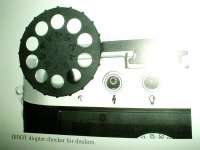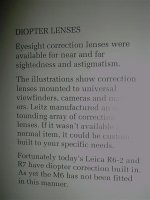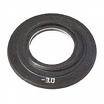Normally the lens etc in your eye is able to focus the image on the retina precisely and comfortably. If you wear glasses, that is (for most cases) because the above is not true. Simply put, your eye lens focuses a bit in front or a bit behind your retina.
A +1 diopter corrects for the case when your eye lens assembly focuses behind the place where it should focus. The image you see through a viewfinder does not differ in fact froma real object; and therefore it should be formed on the retina with a zero diopter. If your eyelenses focus behind, it cold be translated into stg like the focal length of your eyelens unit is longer than it should be. A positive lens will correct this, make it shorter.
It's exacly like putting two simple positive (convex) lenses like two loupes one after the other - their focal length will be shorter than each separately.
Diopter as unit of measure is equal to the inverse of the focal length, where the f.l. is expresed in meters. The higher the diopter number of a lens, the shorter the focal length, the smaller the image formed, the larger an object seems when you look through it etcetera.
Attaching a lens of diopter x to one of diopter y will result in a lens of diopter x+y. This is why working w diopters is easier than with focal lengths - if you want to express the same "summation" in terms of focal length f, the formula is 1/ffinal = 1/fx + 1/fy. When x=y this means halving of the focal length but when they are different, or, god save us, one of them is negative, it needs a pocket calculator.
With negative diopters all is the same, but the effect is the other way around.




